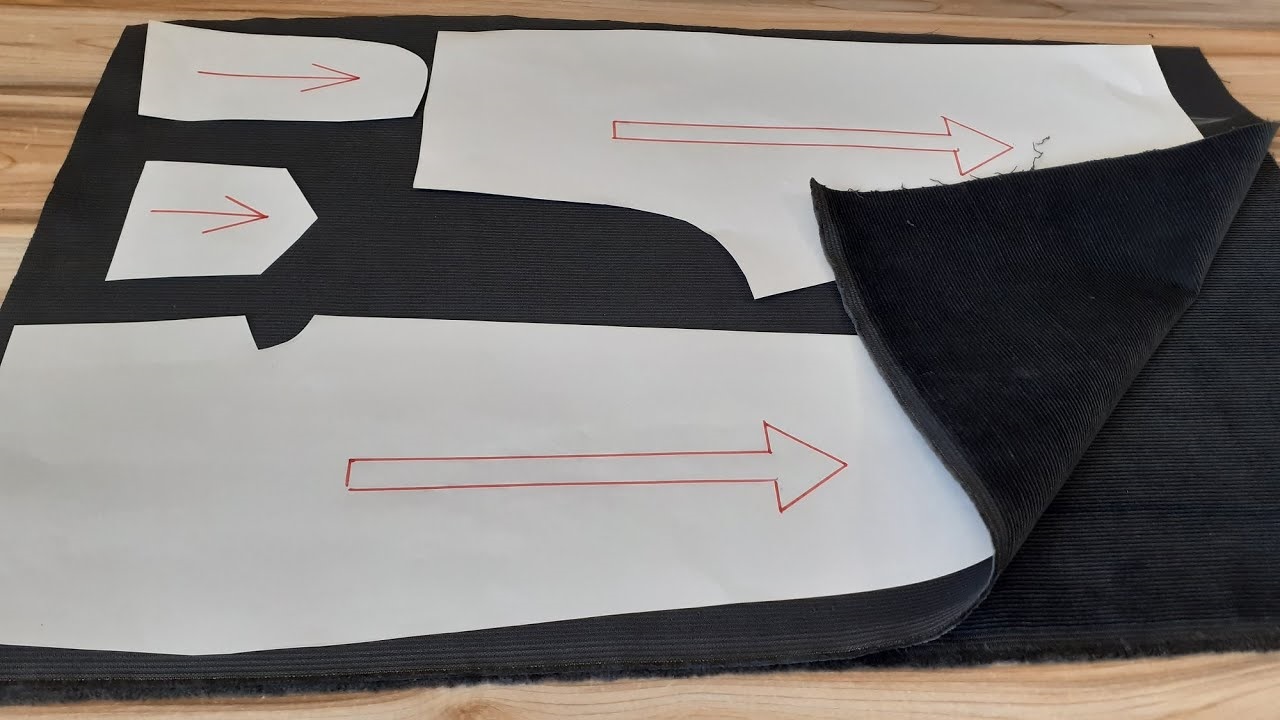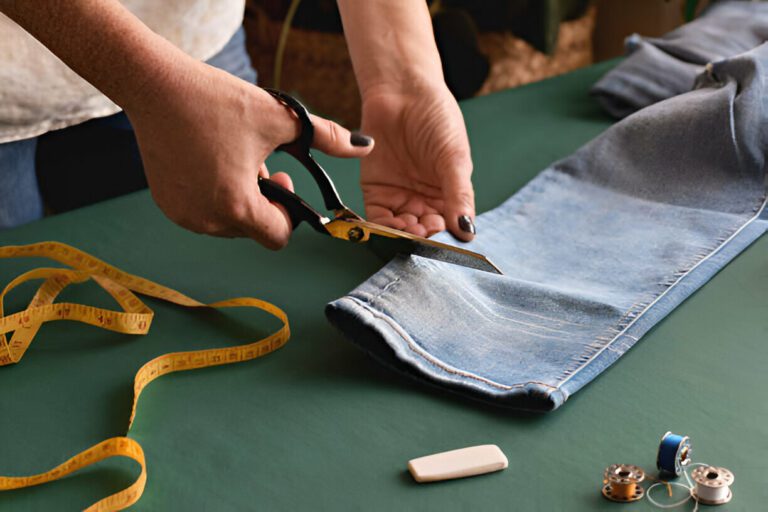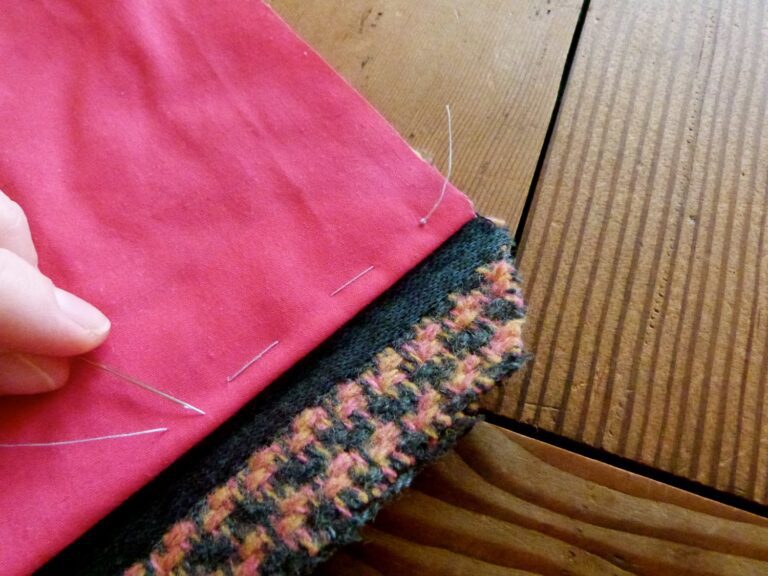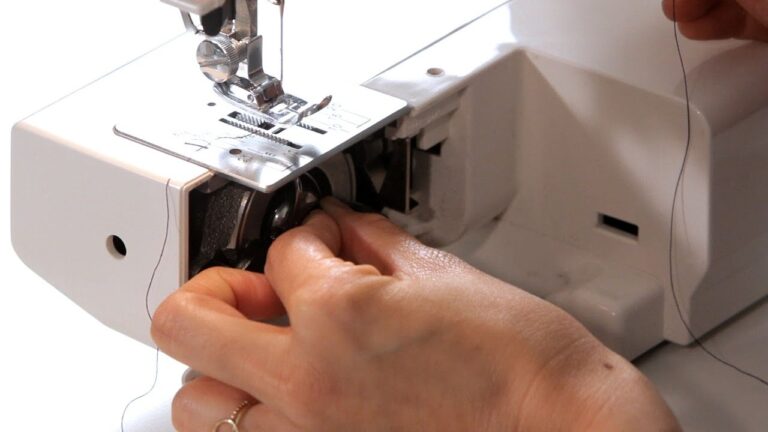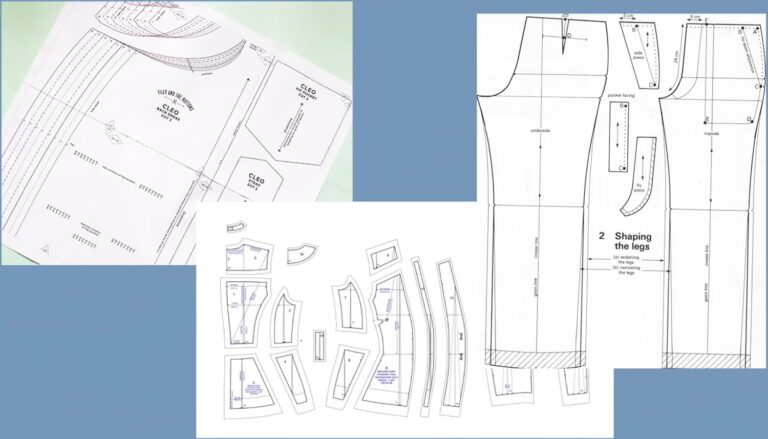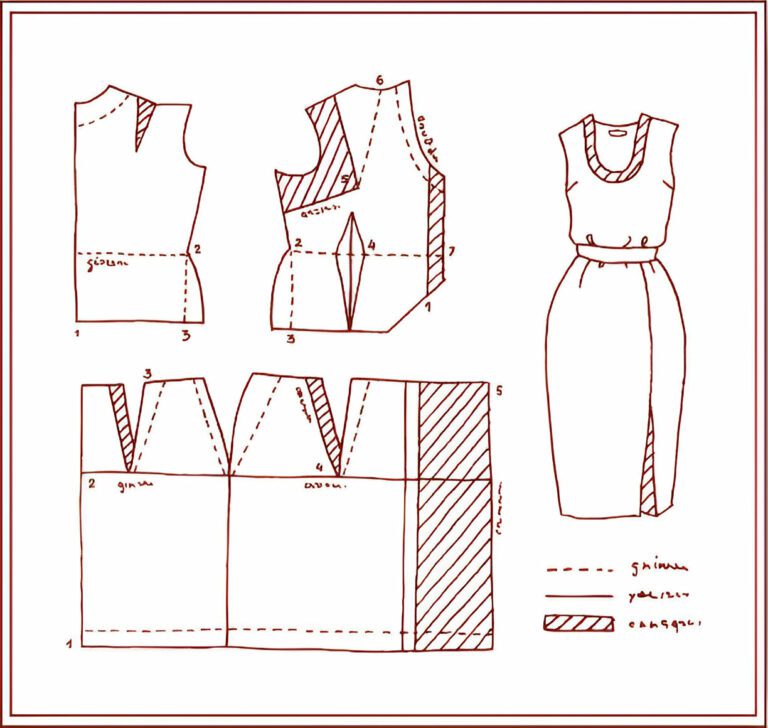What is a Nap in Sewing? (Detailed Guide)
The simplest way to understand a fabric’s nap is through a feel or touch test. Do you want to know how? So let’s begin:
- Feel the fabric – Move your hand across the fabric in one direction, then the opposite direction. If the fabric is smoother in one direction and rougher in the other it has a nap. For example – Velvet, suede, fur or corduroy.
- Check the appearance – Look at the fabric under light (daylight or tube light) while moving it in different directions. If the fabric appears darker or lighter depending on the angle this indicates a nap.
How to find out if the fabric has a nap? Nap is the texture formed by the fibre used while weaving fabric that is slightly raised from the surface and slanted in one direction, giving the fabric a smooth feel and the colour of the fabric changes when the light hits. You just need to select the colour of your choice and jump into the project accordingly.
Tips: Before buying the fabric, you must go through the stitching pattern envelopes, to check how much cloth you require.
Note: In my experience for napped fabric projects you need 30% to 45% extra fabric depending on the pile length and width of the yard.
I remember an incident when a dress was sewed without considering its nap. As a result, some parts of the dress looked darker than others. Realise the mistake and recut the pieces with a fresh fabric paying attention towards the correct nap direction. My second attempt was beautiful and my dress was ready for a party.
Note: If you cut the nap in the wrong direction it cannot be rectified.
So, when dealing with a nap fabric you must ensure these important things:
- How to select the pattern for napped fabric projects.
- Prepare for cutting.
- Prepare for basting.
- Prepare for stitching.
- How to press napped cloth.
How to select the pattern for the napped fabric.
Go through the instructions printed on the back of the pattern envelope and check whether they have mentioned the napped fabric “* with a nap, **without a nap, **with or without nap”, for each type they mention how much yardage is required.
Tips: Always look for commercial patterns because they won’t miss this information.
Note: Please read all the instructions on the envelope for how to cut, how to sew, etc.
Prepare for cutting
Once you selected the pattern, purchase the fabric of your choice. Spread it on a flat surface, and check the right nap side by running your hand on it. Then follow the *with nap* layout pattern guideline sheet, and fold the yardage length-wise with right sides together. Place the pattern of the pieces, and double-check if a nap is running in the correct direction for all the pieces. And you are ready to cut the layout.
Tips: If you are working on a project with very short fibered cloth like velveteen, corduroy and so on, mark the right side with a fabric chalk before cutting, each piece of the pattern. In the case of velvet and fur use safety pins to navigate the direction for the nap side.
Note: For thicker fabrics like artificial fur cut the pattern in a single layer by placing the pin to hold the seam allowance to prevent fabric from being spoiled.
Nap Direction Guidelines:
For garments like skirts, pants, and coats, place the nap facing downwards for a natural flow.
For plush outerwear like jackets and capes, consider a nap facing upwards for a richer color tone and visuals.
For thick nap fabrics like faux fur or velveteen, always cut in a single layer to ensure precision and reduce shifting.
Prepare for basting
If you are stitching a corduroy fabric project then you can directly sew. But if the cloth is very slippery like velvet you must do basting before sewing. Wear the dress to the mannequin take it to the daylight and see whether you have placed all the pieces in the correct direction.
Tips: Use the pins very closely to hold the fabric in the correct place and check if they run in the same direction before hand-busting. Use pins in the seam allowance to avoid any pin scars.
Note: In fabrics like velvet feel of the nap is almost the same in both directions but the colour shade changes from lighter to deeper or vice versa when you look in daylight, the possibility of fixing the wrong piece increases.
Prepare for stitching
Needle and thread compatibility:
According to the weight of the fabric matching the thread. Use a sharp or microtex needle for fabrics like suede or corduroy, and a ballpoint or universal needle for soft knits. Polyester or polyester cotton blend thread works best for nap fabrics. It is durable , slightly stretchy and resists breakage when working through textured surfaces.
I prefer cotton/polyester thread” and needles generally between 65/9 to 75/11 size are best for stitching. Set the stitching length a little longer than normal projects about 12 stitches per inch. Change the presser foot and try to stitch in the direction of the nap. For top stitching use tissue paper in the seam while sewing, later tear the paper to avoid any presser foot marks.
Advanced stitching tips for napped fabrics:
Use a walking foot or even feed foot to prevent the fabric layers from shifting. Avoid backstitching at the beginning and end of seams on velvet, use tie off stitches to prevent crushing the nap. Always sew in the nap direction to maintain consistency in texture and color.
Tips: Always test your sewing technique on the scrap of the same cloth to check which presser foot is best for the project. Use a big chunk of fabric for testing the stitch. In my project of making a velvet jacket walking foot played a vital role.
Note: If you see that the top layer has shifted a bit ahead than the lower layer, use the “taut sewing technique” (holding both layers of the fabric together in front of the presser foot with one hand and back of the presser foot with another hand) to sew. Relax the layers stretch, by stop sewing while the needle is still in the fabric, raising the presser foot up and down periodically.
How to press a napped cloth
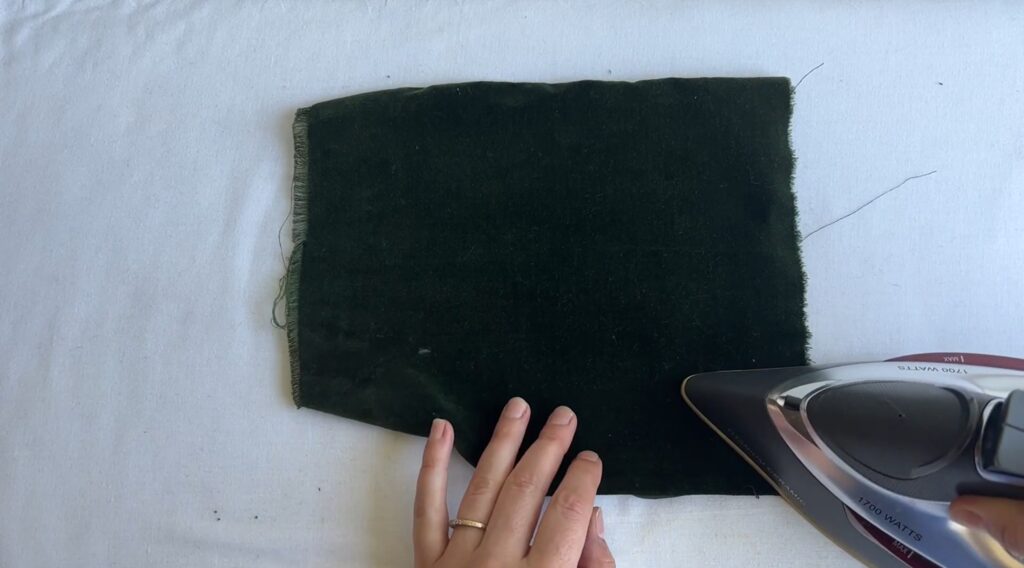
Pressing directly on the nap can cause unsightly shine on the fabric, which can permanently damage the outfit. Put the face down of the tapped fabric on a thick towel. Start ironing in one direction by lifting the iron in short intervals, do not run the iron back and forth. If you want to press the finished garment turn it inside out place it on the thick towel and iron same way as above.
Tips: Check by ironing on the scrap to adjust the heat and moisture settings for the best compatibility with the fabric.
Note: For long pile fabrics like artificial fur only use “Pinboard” (ironing board made with closely spaced blunt metal needles).
Modern tools and accessories for Nap Fabric Sewing:
Basting spray – secures slippery layers temporarily.
Wonder Tape – Holds hems or seams in place without pins.
LED light strips – Help to identify nap direction even in low light conditions.
Spray starch – Adds temporary stiffness to soft nap fabrics during cutting.
Storing and preventing Napped fabrics:
Roll them instead of folding to prevent flattening the nap. Use fabric covers or muslin sheets to protect from dust and preserve fiber direction. Store in a cool, dry place away from direct sunlight to avoid fading and fabric damage.
Conclusion:
If you have the right knowledge about the nap in fabric and follow instructions step by step carefully, then take it from me working on such projects will not take any extra effort compared with the normal fabrics. Even your first project will come out perfect.

